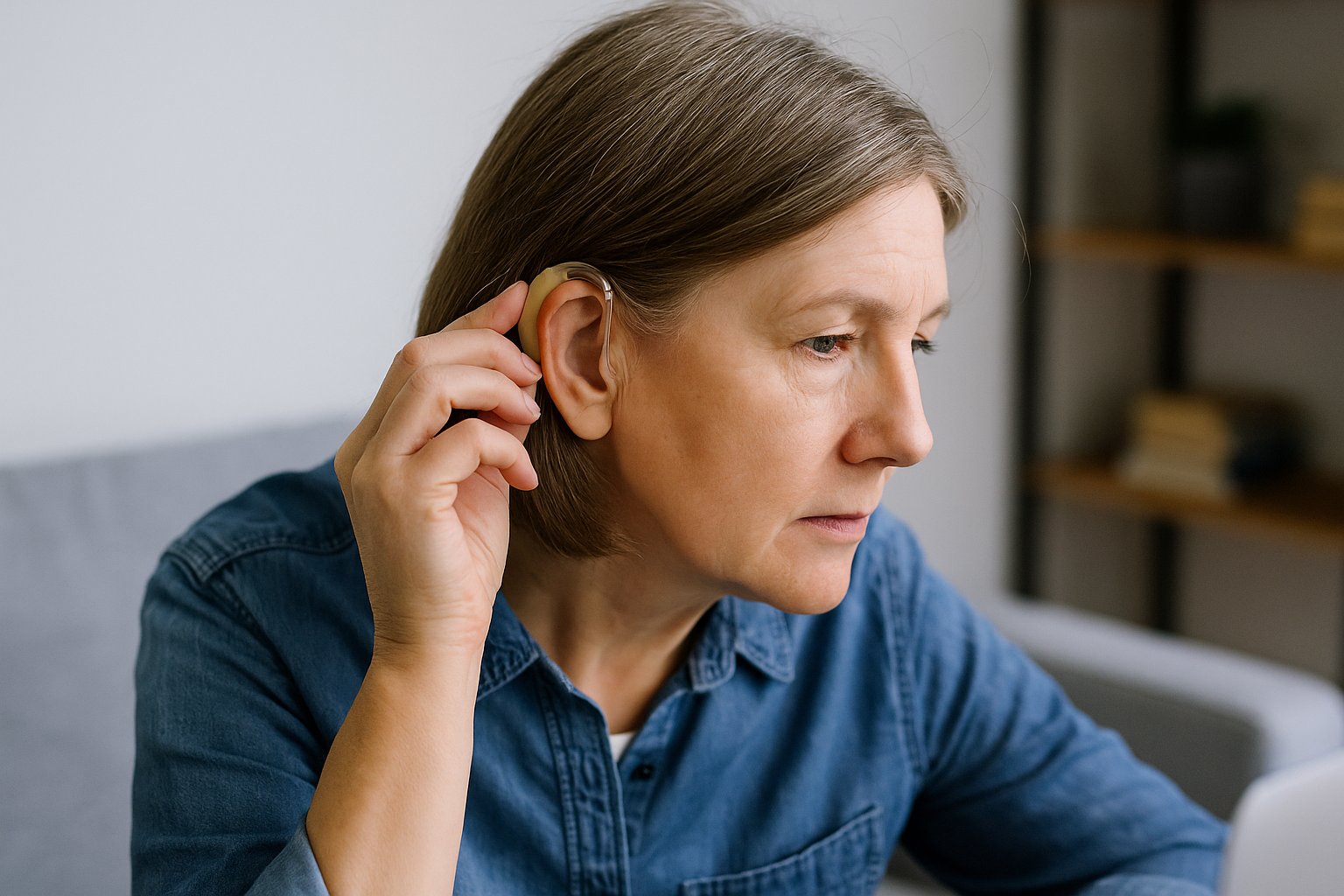Hearing Loss Signs People Often Ignore
Hearing changes so gradually that many people do not notice it until daily life feels harder. Conversations become fuzzy, TV volumes creep higher, and background noise starts to overwhelm speech. These shifts are easy to dismiss, but early detection makes a big difference. Modern hearing care is more accessible and affordable than ever, with free screenings and at-home devices that can identify issues quickly.

The First Clues Are Subtle
Early hearing loss rarely feels dramatic. Johns Hopkins Medicine explains that one of the first signs is struggling to follow conversations in noisy places such as restaurants or stores. You might also find yourself asking others to repeat things more often, or feeling that people are mumbling. These are small moments that add up over time. If you notice that phone calls sound muffled or that you lean in to listen more than before, your ears may already be working harder than you think.
Turning Up the Volume Too Often
If the television, music, or phone volume keeps inching higher, it might not just be your settings. Mayo Clinic notes that gradual hearing loss often leads people to increase sound levels without realizing it. Friends or family members may mention the noise before you do. Listening at higher volumes can further strain hearing, creating a cycle that makes mild loss worse. Using lower settings and checking volume limits on devices can help you notice changes earlier.
Fatigue and Focus Problems
Listening fatigue is one of the most overlooked symptoms of hearing decline. Cleveland Clinic reports that when your ears struggle to pick up sound, your brain works overtime to fill in the gaps. This extra effort can leave you feeling mentally tired after social events or work meetings. Many people mistake this exhaustion for stress when it is actually a sign of auditory strain. Taking breaks in quiet spaces and scheduling a screening can clarify whether hearing is part of the problem.
Tinnitus and Background Buzzing
Persistent ringing, buzzing, or humming in the ears — known as tinnitus — often accompanies hearing loss. National Institute on Deafness and Other Communication Disorders states that nearly fifteen percent of adults experience it. The sound may come and go, or it might appear in one ear more than the other. While tinnitus does not always indicate damage, it signals that your auditory system is under stress. Many hearing centers now include free tinnitus evaluations along with standard tests.
When to Get Tested
Experts recommend baseline hearing tests for all adults by age fifty, or sooner if symptoms appear. American Speech-Language-Hearing Association advises scheduling a checkup any time you notice consistent trouble following speech or localizing sounds. Screenings take only a few minutes and are offered at many pharmacies, clinics, and community events. Modern testing booths and online hearing assessments are quick, discreet, and often free. Identifying mild loss early helps prevent further decline and keeps your brain engaged in processing sound.
Better Technology, Easier Access
Today’s hearing aids are smaller, smarter, and more affordable than ever. Forbes Health highlights that many over-the-counter options can now be purchased directly without a prescription. Some connect to smartphones for volume control or environmental tuning. Even if you are not ready for a device, regular screenings establish a baseline that helps you track changes over time. Protecting your hearing is easier when you understand how gradual loss begins — and how early care can make a lasting difference.
Sources
Johns Hopkins Medicine
Mayo Clinic
Cleveland Clinic
National Institute on Deafness and Other Communication Disorders
American Speech-Language-Hearing Association
Forbes Health
